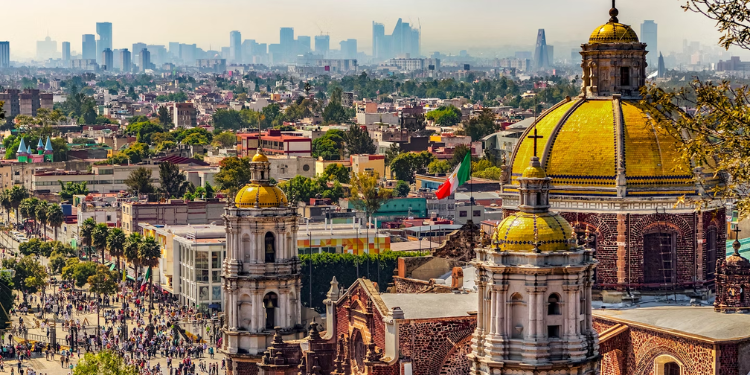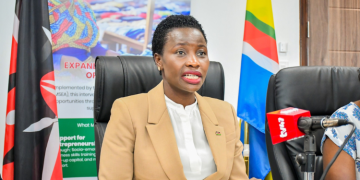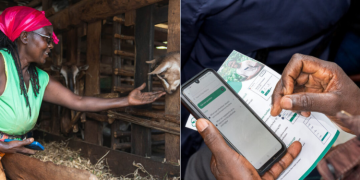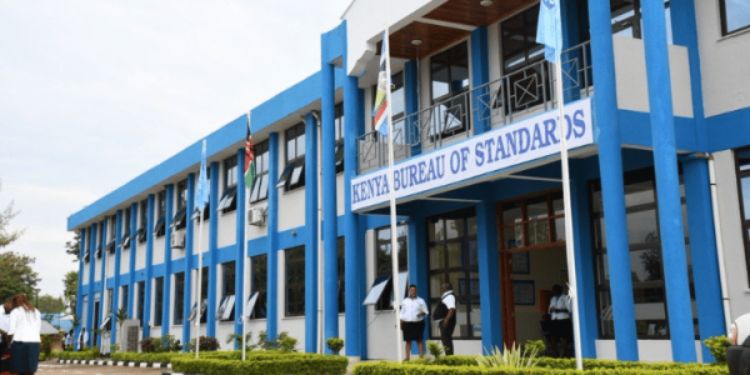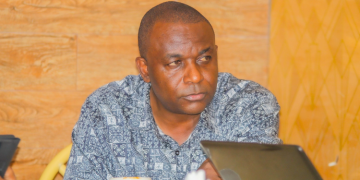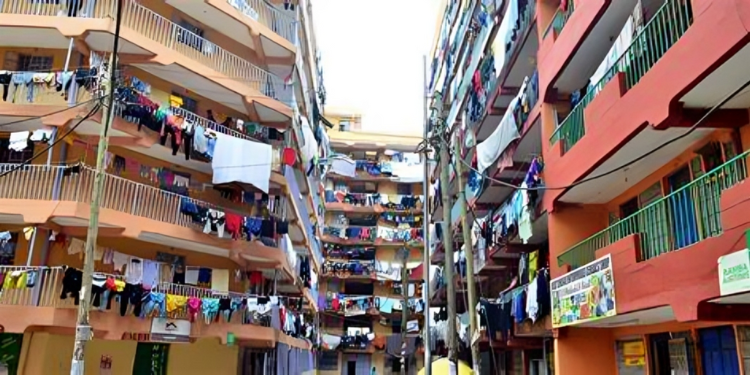Mombasa is among the global destinations travellers have been urged to avoid in 2026, after Fodor’s Travel included the coastal city in Kenya in its No List 2026. The “No List,” an annual compilation highlighting places where overtourism is eroding cultural, social, and ecological stability, warns that rising visitor numbers are placing Mombasa under mounting strain.
Fodor’s Travel is a renowned publisher of travel guides and online tourism information, offering expert advice and recommendations for destinations worldwide. Founded by Eugene Fodor in 1949, it has been a trusted resource for over 85 years, providing information through guidebooks, a website, eBooks, and mobile apps.
The travel guide emphasises that “The No List is not a call for boycott.” Instead, the long-running guide says its purpose is “to highlight destinations where tourism is placing unsustainable pressures on the land and local communities.” The 2026 list spans eight locations, including Antarctica, the Canary Islands, and Mexico City.
Fodor’s Travel’s inclusion of Mombasa underscores growing concerns about Kenya’s rapid tourism expansion, with the guide warning that soaring visitor numbers are putting unsustainable pressure on the city’s environment, infrastructure, and local communities.
Tourism boom without limits
The warning comes during a global travel resurgence. According to the United Nations World Tourism Organization, international tourist arrivals “increased 5% globally in the first half of 2025 compared to the same time period a year prior, surpassing pre-pandemic levels.”
Also Read: Is Ruto’s Govt Selling Public Beaches? Ministry of Tourism Sets Record Straight
Kenya is one of the countries riding that surge, with the East African nation recording 2.4 million international arrivals last year, a 14.6% rise from 2023, and is pushing for 3 million in 2025. Cruise tourism has become a major growth area, bringing a 164% rise in port traffic in Mombasa and Lamu in 2024.
Fodor’s reports that despite Kenya’s rapid tourism expansion, the country has not conducted studies to determine its tourist carrying capacity. In the assessment, Mombasa is described as “the canary in Kenya’s coalmine” as officials lack data on how many visitors the city can support without damaging its social and ecological balance.
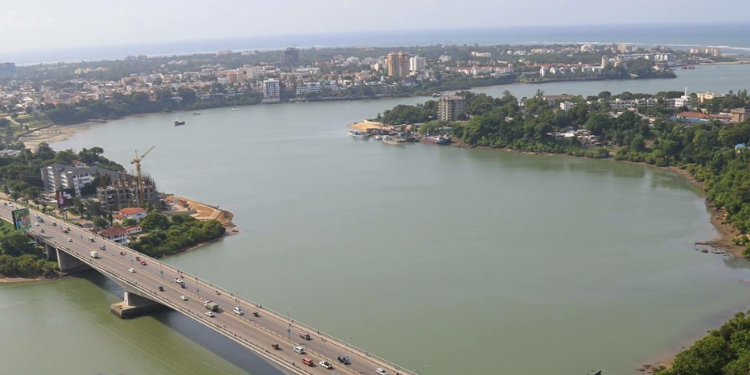
According to the guide, Mombasa now attracts 70% of all tourists visiting Kenya’s coast, placing unprecedented pressure on its beaches, heritage sites, and neighborhoods.
Fodor’s says the widely known “white and blue city” is facing severe strain from overtourism, with its beaches, natural reserves, and cultural sites increasingly overwhelmed.
Why Mombasa made the No List
Kenya’s second-largest city is, according to the report, grappling with “depleting resources, overcrowding, poor and congested roads, poor waste management–littered beaches and polluted oceans–plus encroachment that’s endangering the shoreline.”
The report also points to dilapidated beachfront structures that officials identify as “uneven development,” and cites tourist exit surveys warning that Mombasa is “in danger of losing its attraction.”
Security concerns, the report notes, have intensified, especially after “an armed gang of 50 youths attacked cruise ship tourists in the streets and robbed them of their valuables,” an incident linked to high youth unemployment.
Also Read: Kenyan Town Added to UNESCO’s World Heritage List
Fodor’s additionally highlights the erosion of social cohesion. Tourism researcher Juliet W. Muchiri tells the outlet that Mombasa urgently requires coordinated tourism management and stresses the need for the “ongoing execution of carrying capacity studies” to protect cultural and social integrity.
Environmental concerns are also prominent in the guide. Conservationist Dr. Edwin Muinga tells Fodor’s that “people connect raw sewage into drainage systems and flow directly into the ocean, killing the mangrove and fish,” adding that “no mitigation has been undertaken.”
In its coverage, the guide notes that the county government has responded by establishing a new Tourism Council.
“We have a comprehensive draft law, the Beach Management Bill, which is progressive with provisions on proper management of our beaches, waste disposal, and drainage, among other issues. Currently, we do not have such a legal framework,” Mombasa’s minister for Tourism, Culture, and Trade, Mohamed Osman, said.
Still, the guide warns that the city remains “at serious risk of being avoided.”
Other destinations on the 2026 No List
Fodor’s also details why other destinations appear on the 2026 No List. Antarctica was included after visits rose to 120,000 between 2023 and 2024, with scientists warning the continent’s “fragile” ecosystem cannot handle mass tourism, particularly given “no caps on visitation.”
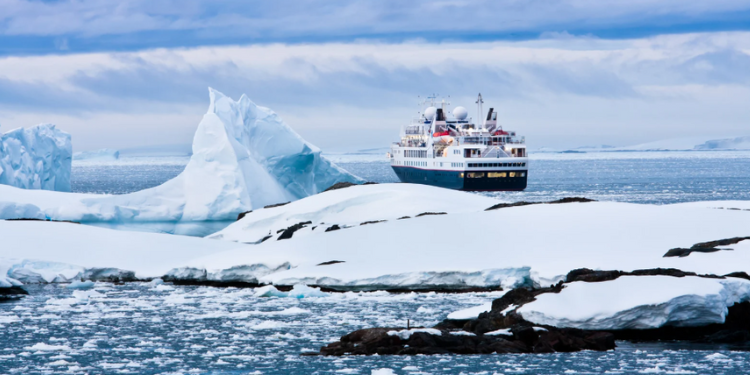
The Canary Islands were flagged after receiving 7.8 million visitors in the first half of 2025, sparking protests under the slogan “Canarias tiene un límite” as residents confront housing shortages, polluted beaches, and traffic congestion.
Glacier National Park in Montana was listed due to shrinking glaciers—only 27 remain from 150 a century ago—and because rising “last-chance tourism” has created what experts call a “sustainability paradox.”
In Italy, residents of Isola Sacra and environmental groups told Fodor’s they oppose a new cruise port that threatens “a delicate ecosystem of dunes, wetlands, agricultural land, unique vegetation, and terrestrial and marine animal species.” In Switzerland, the guide notes that the Jungfrau Region is experiencing overwhelming Alpine tourism.
Mexico City, according to Fodor’s reporting, faces growing displacement and protests featuring slogans such as “Mexico for Mexicans.” Paris’s Montmartre was included after locals described the neighborhood as “unlivable,” with massive crowds and soaring rents reshaping the historic district.
Fodor’s describes the No List as “a reality check wrapped in responsible wanderlust,” urging travelers to rethink not just where they go but how they travel.
Follow our WhatsApp Channel and X Account for real-time news updates.
